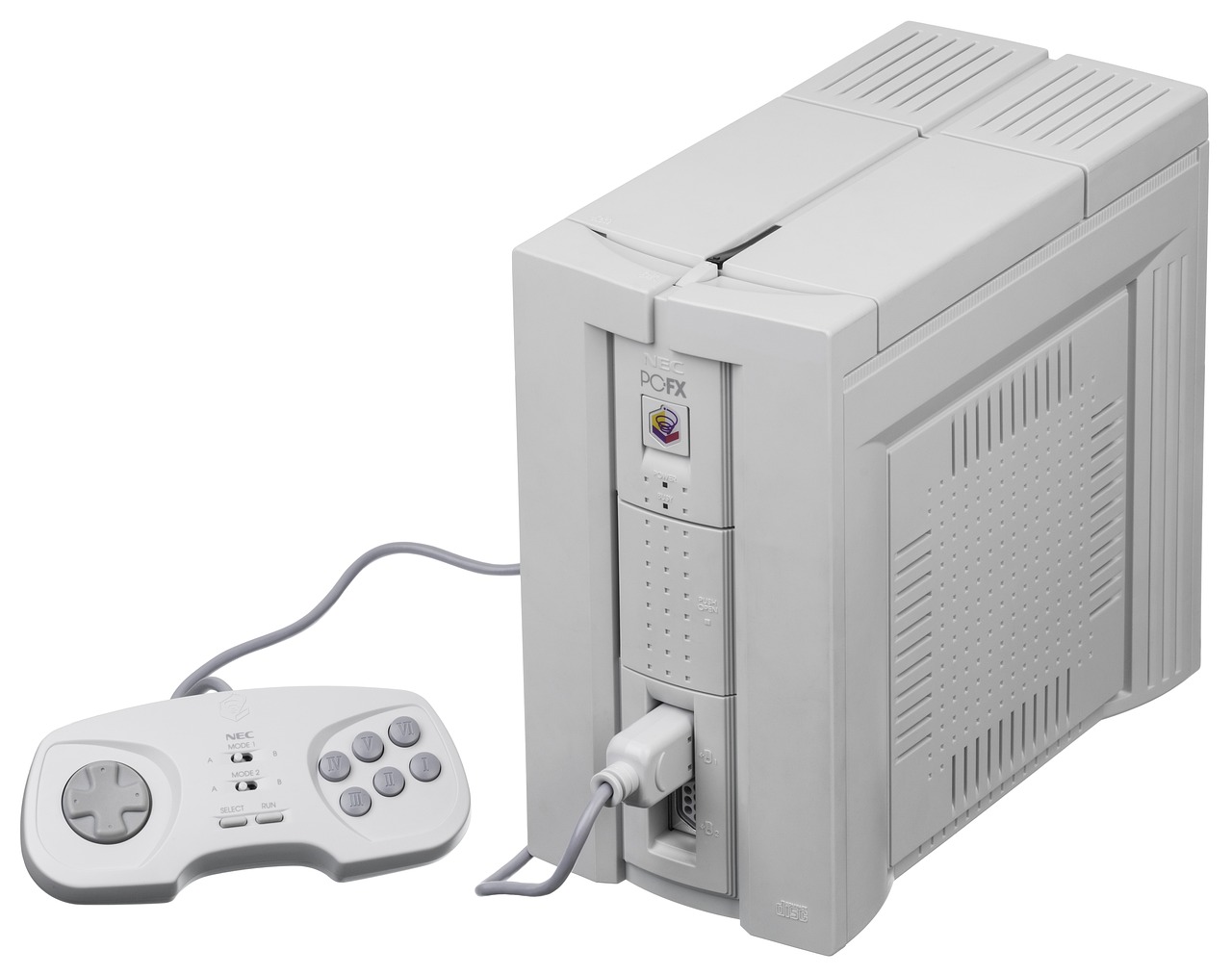PLC as a Microcontroller: The Role of Microcontrollers in Modern Technology
In modern technology, microcontrollers have become essential components, playing a significant role in various applications. One of the most notable examples is the use of PLC (Programmable Logic Controller) as a microcontroller. PLCs have been around since the 1970s and have since evolved to become integral to modern industrial automation systems. As a microcontroller, PLCs have the ability to process digital inputs and control digital outputs, providing a high level of flexibility and efficiency in industrial processes. Additionally, PLCs have strong communication capabilities, allowing them to interact with other devices and systems, providing a seamless integration into modern technology. In conclusion, microcontrollers like PLCs have become essential in modern technology, offering a high level of performance and efficiency in industrial automation systems.
In modern technology, microcontrollers have become an integral part of various systems and devices. One of the most common applications of microcontrollers is in programmable logic controllers (PLC), which are used in industrial automation, process control, and building automation systems. This article will explore the role of microcontrollers in PLC systems and how they have transformed modern technology.
Firstly, let’s discuss what a PLC is. PLC, which stands for programmable logic controller, is a type of industrial computer that can be programmed to control various processes in manufacturing, processing, and other industries. PLCs are designed to operate in harsh industrial environments and are capable of performing a wide range of tasks, from simple on-off control to complex process control.

In the past, PLCs were typically built using traditional microprocessors. However, with the advent of modern technology, microcontrollers have become the preferred choice for PLC construction. Microcontrollers are small, compact devices that can be easily integrated into various systems. They are also capable of performing complex tasks using a minimum amount of power, making them an ideal choice for applications like PLCs.
One of the main benefits of using microcontrollers in PLC systems is their versatility. Microcontrollers can be easily programmed to perform a wide range of tasks, making them highly adaptable to different applications. This allows for a great deal of flexibility in terms of system design and operation. Additionally, microcontrollers can be easily interconnected with other devices, providing seamless integration with other systems.
Another important aspect of microcontrollers in PLC systems is their ability to provide high-speed processing. Modern microcontrollers are designed to operate at high frequencies, providing fast processing speeds that are essential for real-time control applications like PLCs. This allows for quick responses to changes in process conditions, improving overall system performance.

Moreover, microcontrollers offer low-power consumption, which is crucial for applications like PLCs that require long-term operation. By using microcontrollers, PLC systems can operate using less power while still providing the necessary processing power to perform their tasks efficiently. This can help reduce energy consumption and operational costs while providing reliable performance.
In conclusion, microcontrollers have become an integral part of modern technology, particularly in PLC systems. Their versatility, high-speed processing capabilities, and low-power consumption have made them an ideal choice for applications like PLCs that require efficient control and processing capabilities. As technology continues to evolve, microcontrollers are likely to play an even greater role in modern technology, offering even more benefits and capabilities to meet the demands of different applications.
Articles related to the knowledge points of this article:
PLC as a Controller: An Examination of Its Role and Functionality